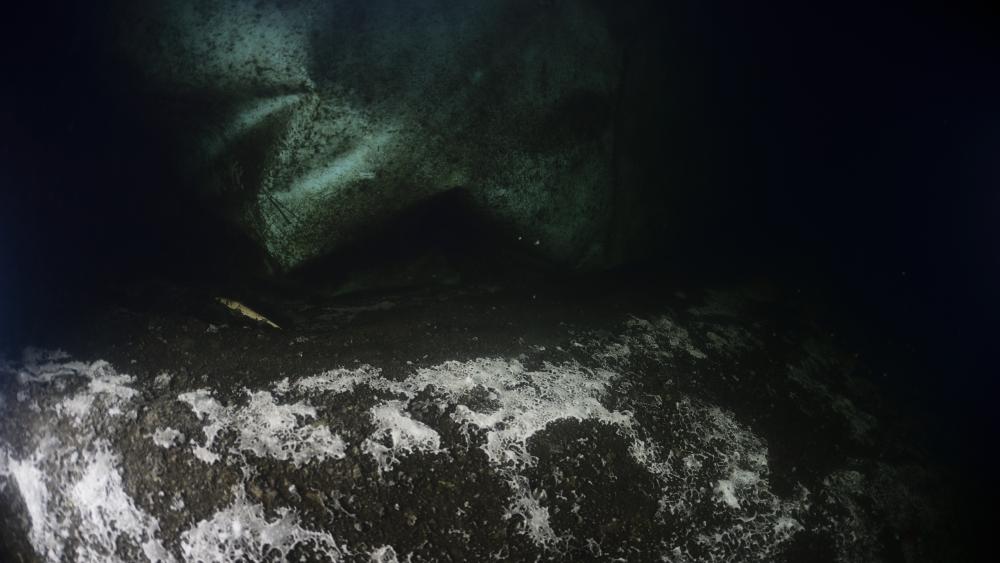
Oxygen is becoming increasingly scarce in lakes around the world. This is also related to changing processes in the sediment. | Photo: Solvin Zankl
It is a formula we learn at school: if the temperature rises, the water can hold less oxygen. If there are a lot of nutrients or decomposing biomass in the water, the metabolism of microorganisms will consume the oxygen more quickly. In addition, climate change increases the duration and stability of the thermal stratification of lakes, so that the oxygen supply to the deep water is interrupted for longer periods.
"In times of warmer water temperatures and poor ecological status of many water bodies, oxygen deficiency is a problem for many lakes and smaller ponds," said Richard LaBrie, a researcher at TU Bergakademie Freiberg and lead author of the study.
Lack of oxygen leads to the formation of pollutants and the intensification of nutrient cycles
Fish and invertebrates are sensitive to oxygen depletion. But there are also other negative consequences: anoxic lakes produce more greenhouse gases, including methane, which is particularly harmful to the climate. The lack of oxygen also favors the production of pollutants such as ammonium or toxins such as methylmercury and oxygen-sensitive hydrogen sulphide. The availability of nutrients for plant growth is affected by these changes in complex ways. "In order to better understand and predict the effects of climate change on phosphorus and algal growth, data from as many lakes as possible are currently being included in a nationwide project. However, long-term climate monitoring is expensive and can only be carried out for a limited number of lakes, so alternative tools are urgently needed," said IGB researcher Michael Hupfer, co-author of the study.
The consequences of anoxia can be estimated on the basis of oxygen profiles and topography
The research team from TU Bergakademie Freiberg and IGB has now developed an easy-to-use method for estimating the consequences of oxygen depletion on water ecology. The researchers used information about the duration of anoxia with high temporal and spatial resolution. However, they show that this information can be modelled with low effort from few measurements and the topography of the lake bed.
"Data on lake oxygen profiles are widely available for many studied lakes or can be easyly obtained. Our approach is therefore highly applicable to other researchers and authorities. Now, for the first time, a method is available to predict the ecological consequences of temporally and spatially increasing anoxia in lakes with different nutrient availability" said Maximilian Lau, a junior professor at TU Bergakademie Freiberg and IGB who led the study.






